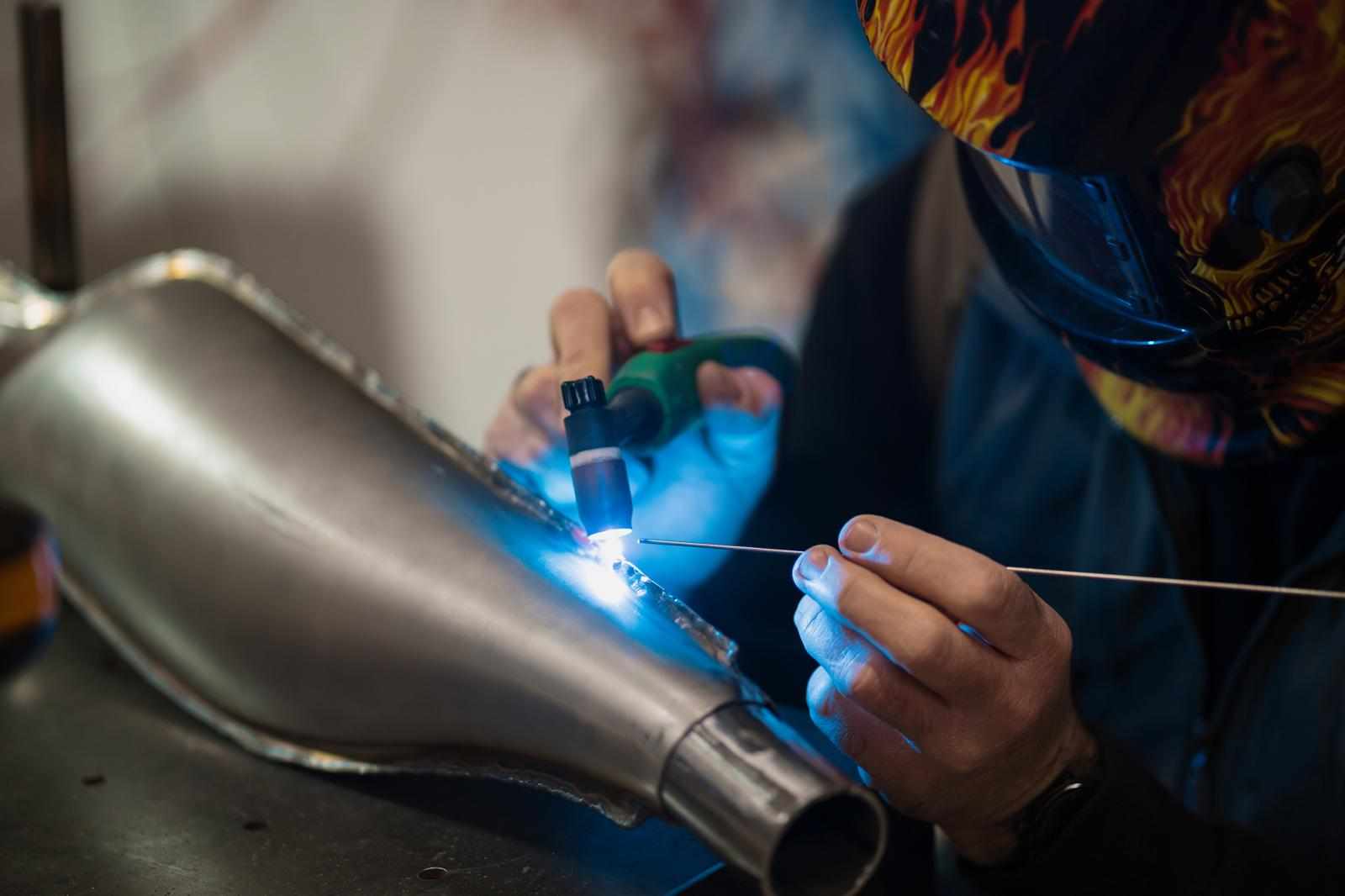Introduction:
The Medical Packaging Market is a critical industry within the overall healthcare and pharmaceutical sectors, focused on delivering solutions that guarantee the safety, integrity, and quality of medical devices, products, and pharmaceuticals. The medical packaging market is anticipated to reach US$ 169,183.91 million by 2028 from US$ 109,238.35 million in 2021; it will grow at a CAGR of 6.4% from 2021 to 2028.
Growth Strategies:
Sustainability and Eco-friendly Materials
With increasing environmental issues, firms are moving towards biodegradable, recyclable, and compostable materials.
Technological Integration
The use of Artificial Intelligence (AI) and Machine Learning (ML) in production processes improves production efficiency, minimizes errors, and provides consistent quality. Also, the use of smart packaging technologies, including RFID tags and sensors, enables real-time tracking and authentication of medical products.
Customization and Innovation
Customized packaging solutions address targeted requirements of medical devices, surgical equipment, and temperature-sensitive pharmaceuticals. Improvements such as peel/seal functionality, counterfeit protection technologies, and custom configurations improve product protection and brand distinctiveness.
Strategic Partnerships and Acquisitions
Partnerships and acquisitions allow firms to increase product ranges and market distribution.
Key Segments in the Medical Packaging Market:
By Material:
Plastic: Market leading, plastic materials provide flexibility, durability, and affordability. Used extensively in medical device and pharmaceutical packaging solutions.
Metal: Building momentum with its safety, sustainability, and flexibility. Metal packaging offers better protection and is widely adopted in medical device packaging.
Paper and Paperboard: For secondary packaging, these are biodegradable and recyclable and thus support the sustainability agenda.
By Application:
Medical Devices: Custom packaging solutions for surgical devices, diagnostic equipment, and other medical devices.
In-vitro Diagnostics (IVD): Packaging designed to preserve the integrity and sterility of reagents and diagnostic kits.
Implants: Secure packaging of orthopedic and dental implants, protecting against injury during storage and transport.
By Packaging Type:
Primary Packaging: Direct contact with the product, such as blister packs, vials, and syringes.
Secondary Packaging: Outer packaging such as cartons and labels that add a further level of protection and information.
Tertiary Packaging: Bulk packaging solutions for storage and transportation, ensuring product safety during logistics.
Key Players in the Medical Packaging Market:
Amcor Plc:
In 2024, Amcor revealed plans to acquire Berry Global in a share deal worth A$13 billion, one of the largest mergers and acquisitions in the industry. This will significantly increase Amcor's presence in North America and improve its sustainable healthcare packaging portfolio.
Amcor has pledged to make all its packaging recyclable or reusable by 2025, driving innovation in sustainable medical packaging materials.
DuPont:
Ongoing investment in Tyvek® sterile barrier systems that provide lightweight, breathable, and extremely durable medical device packaging solutions.
DuPont is actively working on recyclable polypuff variants to meet increasing environmental pressures.
Sonoco Products Company:
Developed recyclable paper tray solutions for syringes and diagnostic kits.
Invested in next-generation thermoforming technologies to substitute traditional plastic trays with biodegradable trays.
West Pharmaceutical Services:
Invented sophisticated elastomer parts for injectable medicines, such as stoppers and seals.
Implemented automation and digital twins in production to boost efficiency and traceability.
Opportunities:
Sustainable & Eco-friendly Packaging:
Innovation of biodegradable, recyclable, or compostable packaging materials
Implementation of paper-based and fiber-based alternatives to blister packs and plastic trays
Invention of closed-loop recycling systems for healthcare providers and hospitals
Smart & Connected Packaging:
Integration of RFID, QR codes, and NFC chips for tracking and anti-counterfeiting
Temperature and humidity sensors for biologics and vaccines
Packaging that interacts with mobile apps or wearable technology to enhance medication compliance
Growth in Emerging Markets:
Building local manufacturing plants to minimize logistics expenses
Tailoring packaging designs to regional regulatory and cultural conditions
Launching cost-efficient, scalable packaging solutions for mass-market drugs
Personalized & Specialty Packaging:
Custom packaging for injectables, implants, and genetic therapies
Solutions for dose-specific, single-use packaging to reduce waste
Development of protective packaging for high-value and temperature-sensitive items
Regulatory Compliance & Track-and-Trace Systems:
High-end serialization, barcoding, and track-and-trace systems to avoid counterfeit medicines
Automated packaging lines to satisfy FDA and EMA validation requirements
Improved tamper-evident and child-resistant capabilities for increased safety
Home Healthcare & E-commerce Growth:
Secure, compact, and user-friendly packaging for direct-to-consumer (DTC) shipping
Design innovations for easy-open and resealable features
Packaging integrating instruction, diagnostic and support devices
Advanced Materials & Functional Films:
Multilayer film innovation, anti-microbial films, oxygen/moisture barriers
Application of elastomers and engineered plastics for implantable and injectable devices
High-performance packagings for reagent laboratories and diagnostic packs
Collaborations & Mergers:
Partnership with pharma and biotech firms for specialized packaging innovation
Joint ventures to develop smart packaging R&D
Strategic buys to pursue new markets or access technical capability
Conclusion:
The medical packaging industry is on the cusp of a revolution, powered by innovation, regulatory forces, and a growing worldwide need for safe, efficient delivery of healthcare. As the healthcare system grows spurred by aging populations, increased chronic disease incidence, and rising access to healthcare so does the immense responsibility of packaging in maintaining product integrity, extending shelf life, and protecting patients.




Write a comment ...